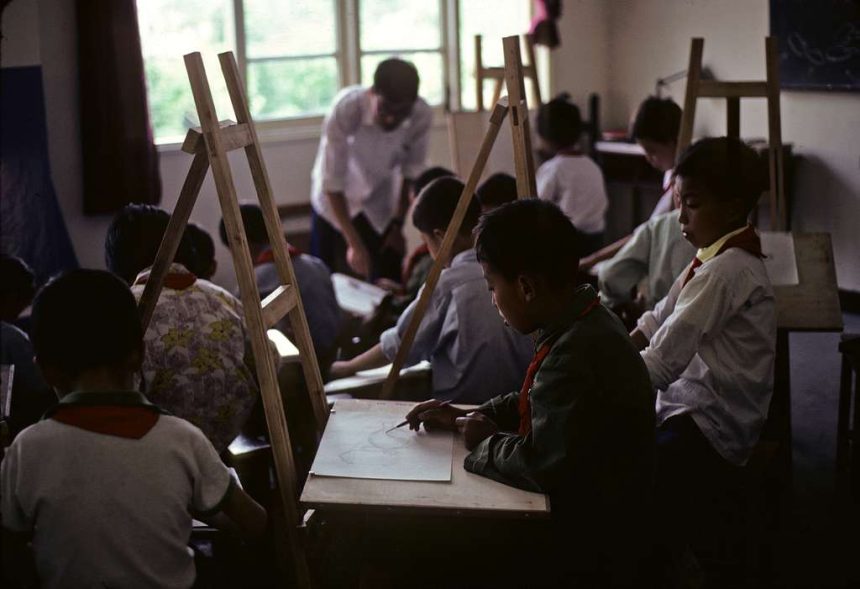China’s education system has undergone significant transformations over the years, evolving to meet the demands of its rapidly changing society. From reforms aimed at equitable access to innovations in technology-driven learning, the country is shaping the future of education both domestically and globally.
Historical Context and Key Reforms
Compulsory Education and Universal Access
China’s education system saw a major shift in the late 20th century with the implementation of nine-year compulsory education. This reform, introduced in the 1980s, sought to ensure that every child in the country received a basic education. Today, over 95% of children in China complete this mandatory education, showcasing a significant achievement in accessibility.
Examination System Reforms
The Gaokao, China’s national college entrance exam, has long been the focal point of its education system. Recent reforms aim to reduce its overemphasis on rote memorization, encouraging critical thinking and creativity. Diversified pathways for higher education, such as vocational training and international collaborations, are also being promoted.
Rural Education Initiatives
To address disparities between urban and rural areas, the government has invested heavily in improving rural schools. Programs like teacher incentives and infrastructure upgrades have narrowed the education gap, ensuring that students in less developed regions have access to quality education.
Innovations in Education
Integration of Technology
China has embraced technology to revolutionize education, with digital classrooms and e-learning platforms becoming commonplace. Initiatives like “Smart Education” integrate AI and big data to personalize learning experiences. Companies such as Tencent and Alibaba have developed platforms that support online courses and virtual tutoring, making education more accessible to remote regions.
STEAM Education
The government has prioritized Science, Technology, Engineering, Arts, and Mathematics (STEAM) education to prepare students for a tech-driven future. Schools are introducing robotics, coding, and innovation labs to foster problem-solving skills and creativity among young learners.
International Collaboration
China has increased its participation in global education initiatives, hosting international students and encouraging Chinese students to study abroad. Partnerships between Chinese universities and institutions worldwide have fostered academic exchange and innovation.
Future Prospects
Focus on Lifelong Learning
The emphasis on lifelong learning is growing in China, with adult education programs and reskilling initiatives gaining traction. This shift aligns with the need to adapt to a fast-evolving job market driven by automation and AI.
Sustainability in Education
Sustainability is becoming a key focus, with curricula integrating environmental awareness and social responsibility. Schools and universities are incorporating green technologies and practices into their teaching and operations.
Balancing Tradition and Modernity
China faces the challenge of balancing its rich cultural heritage with modern educational demands. Efforts are being made to preserve traditional arts and humanities while advancing scientific and technological disciplines.
Conclusion
China’s education system stands at the crossroads of tradition and innovation. With ongoing reforms, technological advancements, and a commitment to equitable access, the country is poised to become a global leader in education. As China navigates the challenges of the 21st century, its approach to education will play a pivotal role in shaping its future and contributing to the global knowledge economy.











